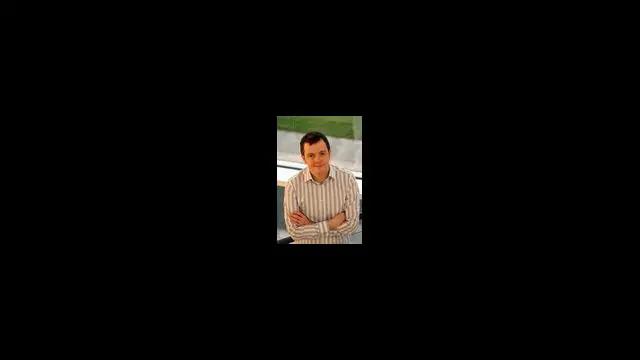Foreseeing Space Weather

11 år
4.2K Visningar
Kategori:
Beskrivning:
The concept of space weather describes the variety of changing environmental conditions within the space between the Sun and the Earth, driven by fluctuations in solar activity. On the timescale of human evolution the Sun has remained broadly unchanged. Small fluctuations in the rate of solar energy output combined with cyclic variations in the Earth’s orbit are likely to have driven long-term global climate change, but through human eyes these effects have been either gradual or utterly imperceptible. However, humankind’s scientific curiosity over the last 400 years has advanced our understanding of the Sun’s dynamic nature tremendously. Galileo’s 17th century observations of the Sun revealed sun spots, dark features on the solar disk that waxed and waned over several weeks. Encouraged by advances in atomic physics, early 20th century physicists theorised that electromagnetic emissions from the Sun were responsible for the majestic aurora borealis or “northern lightsâ€, hinting that solar activity must be highly variable over timescales of minutes. But it was the advent of the space age in the latter half of the 20th century that revealed the true nature of the space environment surrounding our planet. Following the discovery of radiation belts surrounding the planet by the first Earth-orbiting US satellite came the first direct measurements of the solar wind – the blizzard of electrically charged particles constantly emitted by the Sun.
While the Earth’s atmosphere and magnetic field shield the surface of the Earth from the biological hazards of space weather, the same is not true for some of the technologies developed in the last century. Our society’s increased exploitation of space for communications, defence and monitoring relies upon satellites that operate in the harsh radiation environment above the Earth’s projective atmosphere. Aircrews and airline passengers spend significant periods above the densest and most projective portion of the lower atmosphere and risk exposure to increased radiation doses. The ionosphere’s refractive effects on radio waves determines the viability of many communications links, but these are liable to change rapidly due solar activity while geomagnetic storms have the potential to disrupt electricity generating and distribution systems. In all of these cases, the natural processes in the space environment remain the same as ever, but our adoption and reliance on vulnerable technology forces us to prepare for the increased hazard to society due to space weather.
Biography
Dr Jim Wild is a scientist studying the space environment and the links between the Sun, the Earth and other planets. As a Reader in Space Plasma Physics in the Department of Physics at Lancaster University, his research investigates the physics behind the aurora borealis, the impact of space weather on human technology and the interaction between the Martian atmosphere and the interplanetary environment. As well as exploiting an international flotilla of satellites, Jim’s research has regularly taken him to the high arctic to carry out field work. As a passionate science communicator, Jim has established himself as a popular speaker for public audiences and he frequently contributes to the print and broadcast media. He is also a champion of the AuroraWatch project, which alerts members of the public when the northern lights might be seen over the UK. Jim is a Fellow of the Royal Astronomical Society and in 2010, was awarded a Science in Society Fellowship by the UK Science and Technology Facilities Council.
While the Earth’s atmosphere and magnetic field shield the surface of the Earth from the biological hazards of space weather, the same is not true for some of the technologies developed in the last century. Our society’s increased exploitation of space for communications, defence and monitoring relies upon satellites that operate in the harsh radiation environment above the Earth’s projective atmosphere. Aircrews and airline passengers spend significant periods above the densest and most projective portion of the lower atmosphere and risk exposure to increased radiation doses. The ionosphere’s refractive effects on radio waves determines the viability of many communications links, but these are liable to change rapidly due solar activity while geomagnetic storms have the potential to disrupt electricity generating and distribution systems. In all of these cases, the natural processes in the space environment remain the same as ever, but our adoption and reliance on vulnerable technology forces us to prepare for the increased hazard to society due to space weather.
Biography
Dr Jim Wild is a scientist studying the space environment and the links between the Sun, the Earth and other planets. As a Reader in Space Plasma Physics in the Department of Physics at Lancaster University, his research investigates the physics behind the aurora borealis, the impact of space weather on human technology and the interaction between the Martian atmosphere and the interplanetary environment. As well as exploiting an international flotilla of satellites, Jim’s research has regularly taken him to the high arctic to carry out field work. As a passionate science communicator, Jim has established himself as a popular speaker for public audiences and he frequently contributes to the print and broadcast media. He is also a champion of the AuroraWatch project, which alerts members of the public when the northern lights might be seen over the UK. Jim is a Fellow of the Royal Astronomical Society and in 2010, was awarded a Science in Society Fellowship by the UK Science and Technology Facilities Council.


